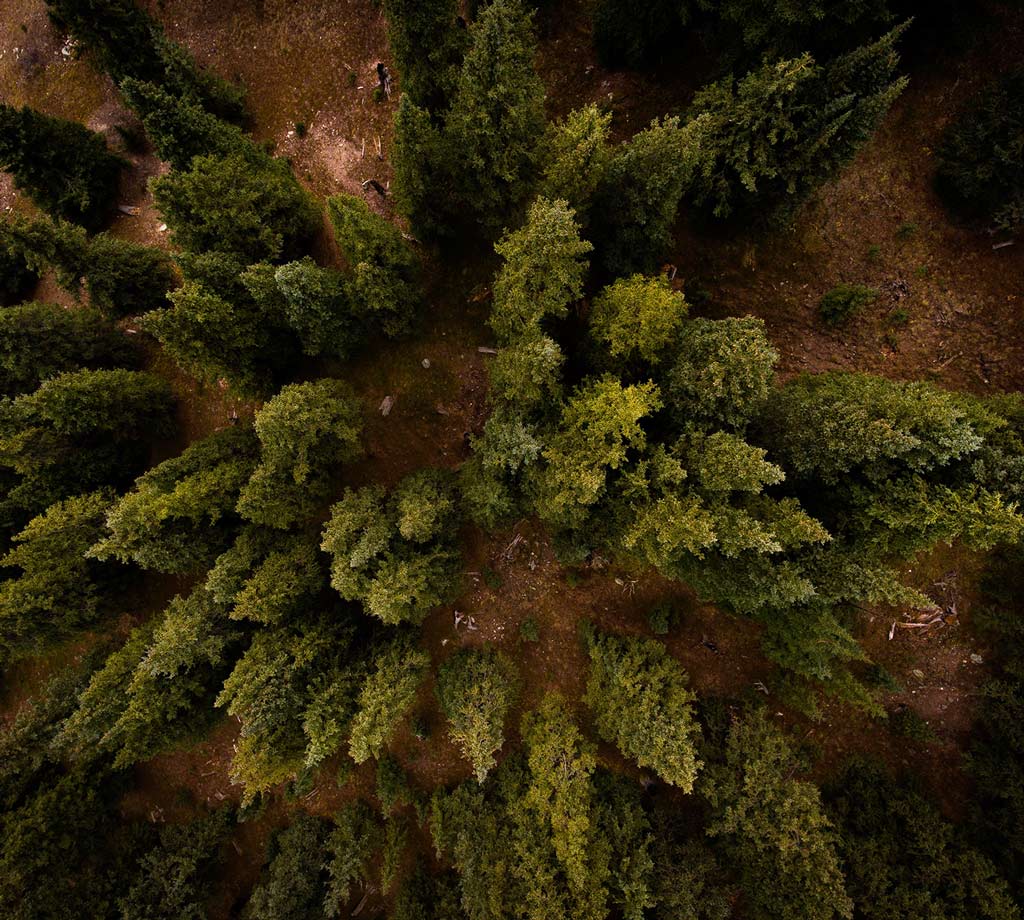The forests of the U.S. Northeast are in peril. Global warming has raised temperatures, improving conditions for insects such as the emerald ash borer, to ravage trees already stressed due to drought and scorching summers.
Massachusetts forests experienced 97 wildfires across the state during the summer of 2022. Keeping pace with destruction by fire is the clear-cutting of forests for timber and primarily for development. Exposing forest soils releases carbon dioxide into the air, equivalent to carbon emissions from burning.
American forests are losing an abundance of carbon. Twelve percent of the carbon loss is from fire, drought, wind, and pests, 3% is from forest conversion, and 85% is from cutting forests. Growing existing forests to their biological carbon storage potential optimize carbon dioxide removal.
Researchers in Massachusetts recently established that an 80-year-old stand of trees is drawing more carbon out of the air and storing much more than twice the carbon of a 40-year-old forest. The most significant 1% of the trees were about 30% of the biomass. Every tree with a diameter at a breast height of 40 inches or more added an annual 4 to 8 inches of biomass. The researchers found that Eastern white pines over 150 years of age accumulated 75% of their total carbon after the first 50 years. Cutting to open the forest up for more sunlight is no longer recommended.
There is more. Organic soil carbon is half or more carbon extruded from the roots of intact forests. The rest is in standing and fallen trees that add soil carbon. Older forests bind soil organic matter more tightly than younger forests. Organic carbon in the earth goes through a chemical process to become humus, which stores carbon for thousands of years.

Long-term carbon sequestration is compared to short-term in biomass that lasts only hundreds of years.
With its 3.1 million acres of forests, Massachusetts has an opportunity to do much more to slow climate change while improving our quality of life with healthier forests. The state owns only about 10% of the woods. That is 311,000 acres of forested lands, reserves, parklands, and woodlands. Yet, it is here that most of the finest old-growth stands of trees survive because they are places, often with steep ravines, least accessible to loggers and developers.
For state forests, the Forest Cutting Practices Act requires the rehabilitation, maintenance, and protection of forestlands to conserve water, prevent floods and soil erosion, improve conditions for wildlife and recreation, and ensure income from timbering a continuous supply of wood.
The Let Forests Grow Carbon Offset Fund could pay the timbering income so state forests are no longer cut and would reimburse woodlot owners who have registered a ten-year forestry management plan not to harvest. The state matches private donations to the fund. Businesses and individuals could buy carbon offset credits while supporting local foresters, increasing carbon drawn from the atmosphere, enhancing carbon storage, and increasing water retention in local landscapes while improving forest health across the state.
Massachusetts is the eighth most forested state in the nation. With our relatively small size and high population, we live in marvelous forested landscapes that define an aesthetic of life in Massachusetts. The Let Forests Grow Carbon Offset Fund changes the conversations from confrontations and prohibitions to collaborations and mutual benefits. Together, we can move Massachusetts forward in the rankings of the most forested state, greener with more wildlife and cooling shade for all.
By Dr. Rob Moir







